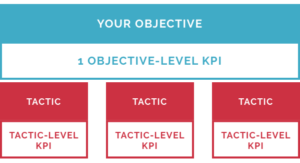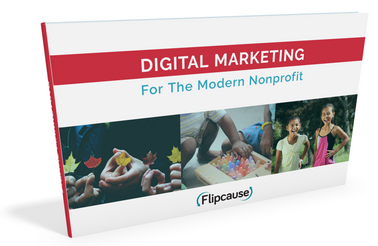Intro to Digital Marketing: Are You Connecting With Those Who Care Most?
Your programs create an incredible impact on the world. But do people know about them? Do those who care about your cause find you, and – even better – convert into donors?
Digital marketing helps you find and nourish relationships with the people who care most. Let’s look at what it is and why it’s so effective.
What is Digital Marketing, and why should I care?
Digital marketing is anything you do online to:
- Attract new audience members
- Convert audience members into donors, volunteers, and/or members
- Engage current supporters, encouraging loyalty and advocacy
This includes channels such as search engines, email, social media, and your own website. While traditional marketing tactics such as public relations and print media advertisement can still be effective, digital has several huge advantages:
- It allows you to target very specific audiences
- You can meet your audiences where they spend the most time: the average American spends 6.2 hours online every day, including nearly two hours (approximately 116 minutes) on social media alone.
- It is a network, allowing your message to spread beyond your own contact list
- It doesn’t require a big budget to have a big impact
- It provides real-time feedback so you can understand what does and doesn’t work for your audience. This is especially helpful for nonprofits who want to get the most bang for their (limited) buck.
But isn’t Digital Marketing a Luxury?
Have you ever heard of a nonprofit that didn’t wish it had more time, more money, and more people to balance all the demands its work requires? Many nonprofits who’d like to expand their marketing efforts put it off because it seems too expensive, takes too much time or feels overwhelming.
Before succumbing to the myth that marketing can be done only by those with deep technical knowledge and big budgets, keep in mind that marketing plans can be tailored to fit the resources and market potential of each venture or individual project. While digital marketing won’t solve all your fundraising challenges, it’s an essential part of your fundraising arsenal. This guide will help you choose a few tactics that will make a difference for you. Before you can choose tactics, though, you need to create a strategy.
If you’re working with limited resources (especially if you’re working with limited resources), an objective-first strategy will save you money and help you raise more money long-term. By implementing a strategy, you’ll be able to notice when things aren’t working and course-correct. This makes digital marketing an efficient investment of time and money for most organizations.
Here’s what an objective-first strategy looks like, as well as an overview of some of the terms we’ll use throughout this discourse:
Objective – Your overall goal
Strategy – A plan for reaching your objective
Tactic – The means you use to reach your objective
Key Performance Indicator (KPI) – A metric to track the success of your chosen tactic(s)
Channel – The avenue you use to deliver your marketing message
What’s your return-on-investment?
One challenge that many nonprofits have is that they don’t know the benefits (revenue) or costs of their marketing efforts.
If this is you, take some time to sketch it out:
- How many hours of staff time do you spend each month on marketing?
- How much does that cost per hour?
- Can you tie any of this effort directly to the revenue you’ve made?
When you know how much time and money you’re spending on marketing, you can calculate your Return on Investment – or, in layman’s terms, your “bang for your buck.” Do you know what ROI your marketing efforts are currently fetching? Use the formula above to establish a baseline number.
The key to making digital marketing worth your time is to set your objectives and metrics, and then to measure ROI.
Download our free eBook to learn more about Digital Marketing for Nonprofits
[email-download download_id=”3834” contact_form_id=”1369”]



0 Comments